Photographers I meet are often stumped as to how they can win those bigger jobs and what they should be doing differently.
But they so often make assumptions of those who do;
‘I need an agent’ (This is helpful but not always, and besides you have to prove yourself first.)
‘It’s all about who they know’ (Well, maybe….but they probably built those relationships over years)
‘I could do what she’s doing’. (Could you? Really? A gorgeous ‘captured moment’ shot could have been completely constructed from scratch. Can you pull that off?)
It’s easy to assume that a shot has come together easily, or the moment was right. But amazing shots don’t usually happen by accident. And jobs are not won purely on talent.
Most assignments require endless patience, planning and rigorous commitment, from the moment the brief comes in to the handing over of the images. Whether it’s a complex layered image, to a ‘captured moment’.
When I think about all the great photographers I’ve repped and produced for, it’s pretty clear what separates them from the rest of the pack, and what got them over the line, especially on big brand assignments.
Here are a few of the key winning traits that you can check you’re applying to make sure you behave like the best in the business. And most of these approaches are important to implement as soon as you get a brief, as well as after approval.
1. Communicating well and asking the right questions
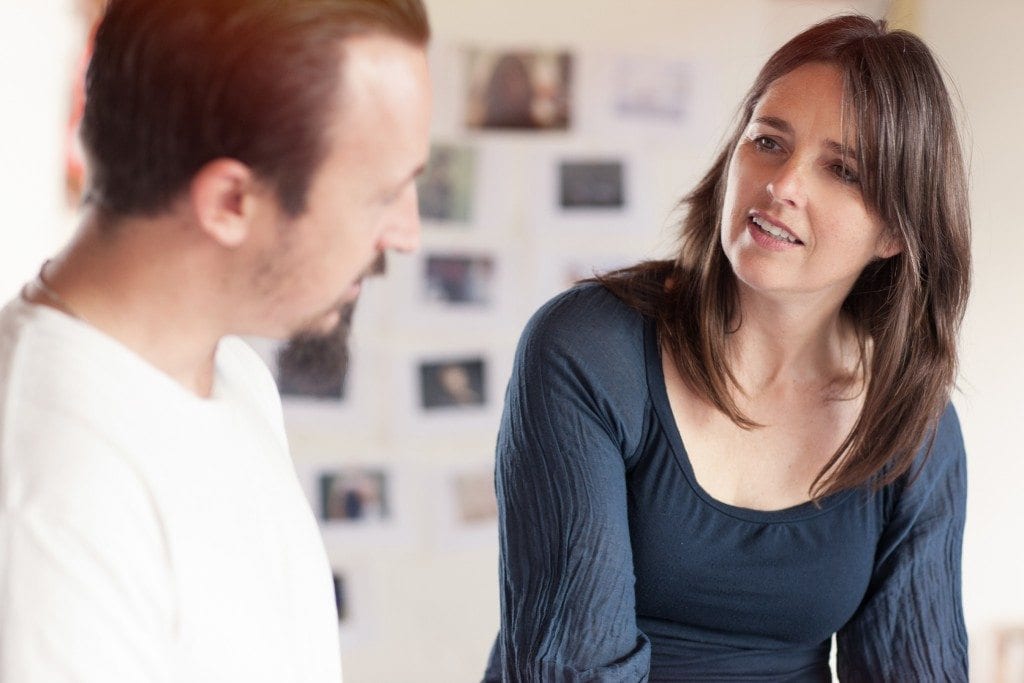
Experienced photographers have excellent communication skills and clients like being around them. They build relationships well, ask good questions and are confident in their skills and ability.
They establish very clearly what their client is visualising and don’t rely on assumption. Who knows- the person briefing you may never have even seen your website.
Ask good questions first to establish what is needed, and make clients feel that you’re onto it. (Even if you’re inwardly freaking out about how you’re going to achieve it. You can work that out later when you’re out of the hot seat).
Keep communicating throughout the job. Everyone wants to own a piece of the shot. The best photographers and producers know this and constantly preview expectations so no one freaks out. (Yes…clients freak out too. Often. Their job may depend on the success of this shoot, and they carry the financial responsibility)
2. Planning before executing

After asking good questions, top photographers work through potential problems and come up with solutions. This is vital to preventing screw ups on the job.
One photographer I repped was excellent at spotting the issues with the briefs we received. Once he’d worked out solutions he could then go back to the client with achievable options. Clients trusted him implicitly because he’d always considered everything that could go wrong, and it had been covered in the estimate and contingencies.
I used to say to clients that if I was in a national crisis I would want that photographer in the room.
3. Consulting and working with an amazing team

Top shooters do not go it alone, especially on complex jobs.
Before they even estimate they’ll get together with a producer to discuss logistics.
They’ll gather crew together to discuss options.
They’ll call their retouching house and find out what they’d like to be provided for the best results.
They’ll hire a writer to help them come up with a decent treatment that will wow the creatives.
And they’ll get a folio and website edited so it inspires their dream clients and helps get them across the line.
After approval they’ll continue the conversations in even more depth.
Step into a leadership mindset and be the conductor of the orchestra, not the juggler of multiple tasks. I kid you not- this is such a common mistake newbies make.
4. Not over-promising and under-delivering
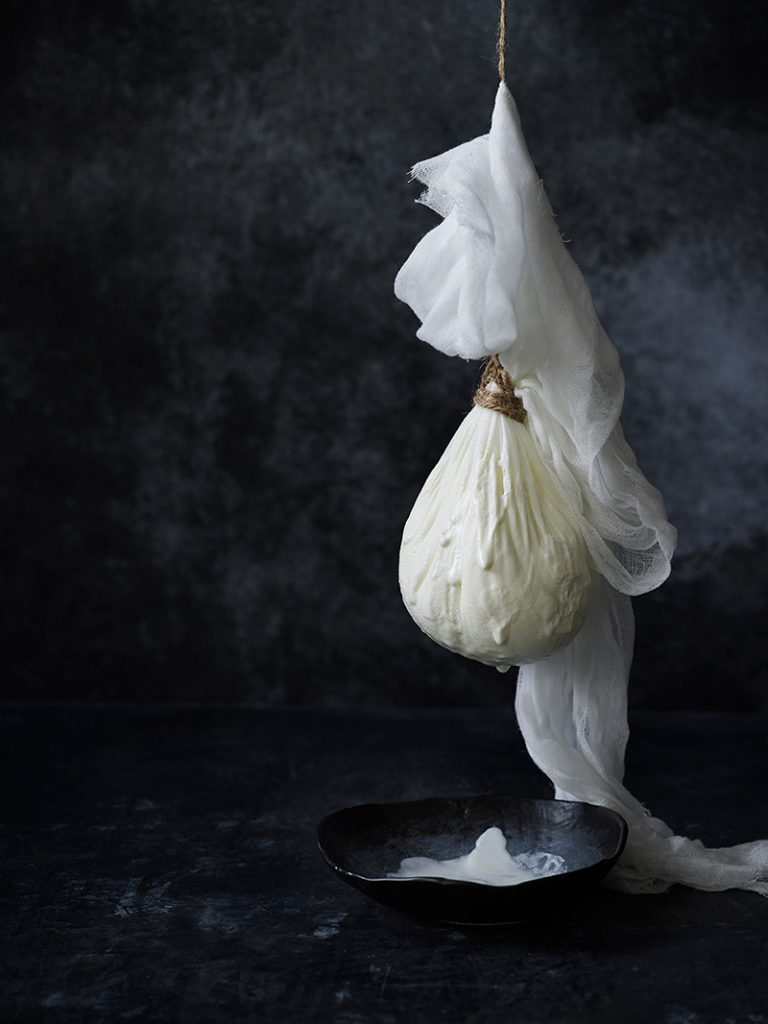
Clients can put you under huge pressure. I mean, ten-tonne-truck pressure. Art producers in Australia and Asia used to call me at 5pm demanding a cost the next day. Or in some cases the next hour. You feel like you HAVE to give them the estimate or you’ll lose the job. But, so long as you’re communicating, in most situations you won’t.
Don’t rush the estimate and agree to costs you aren’t sure will cover the job, no matter how huge they seem (ESPECIALLY if they seem huge).
Do not succumb to that pushy art producer asking if you can do it for $$$ much (until you know for sure). Or by tomorrow evening (unless you are 100% sure you can deliver then). Or without your rep to save money. (Grrrr….don’t you dare!!!)
Good things take time. (Within reason).
Breathe.
Call in some help. (See point 3).
Then let your client know professionally but firmly that you are on the case, but are not willing to jeopardise your name or theirs by committing to anything you haven’t investigated or checked. They will respect you more in the long run.
5. Know your stuff
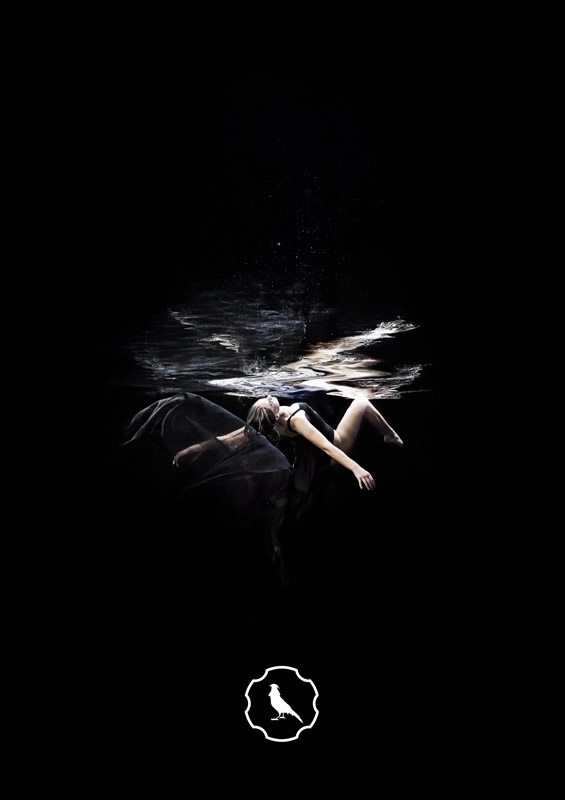
To be at the top of your game you must constantly be learning. The minute you think you know it all everything changes. None of us are immune to this.
Test.
Check your gear. Find out about the brand you’re estimating/ working for. Suss out your location and check sun direction and times. If conditions aren’t guaranteed make sure your approach is achievable. Shoot empty background plates to be sure elements can be moved if needed. Prepare well in advance and bring back-up equipment to location shoots.
Kill unnecessary worry.
A dancer practices her steps over and over until they are embedded in her subconscious. Only then can she bring the emotion to the dance.
When you know your technique, you can dispel some anxiety and start to have fun, investing the time into directing the talent, thinking about treatment, alternative (better) shots, and communicating with your clients and team.
Are you up to the task?
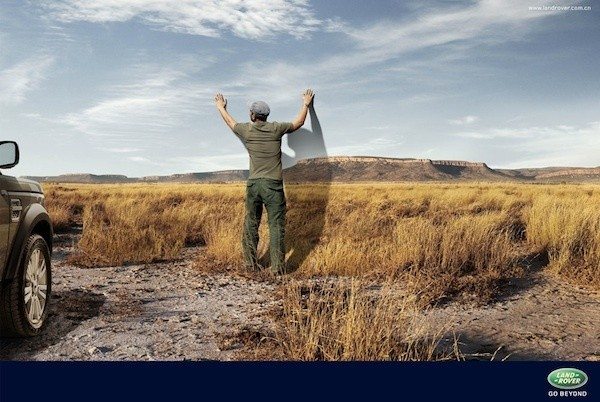 Marketing
Marketing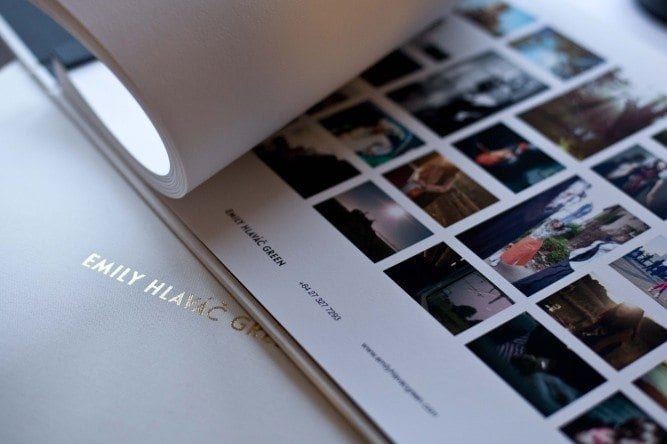 Folios & Editing
Folios & Editing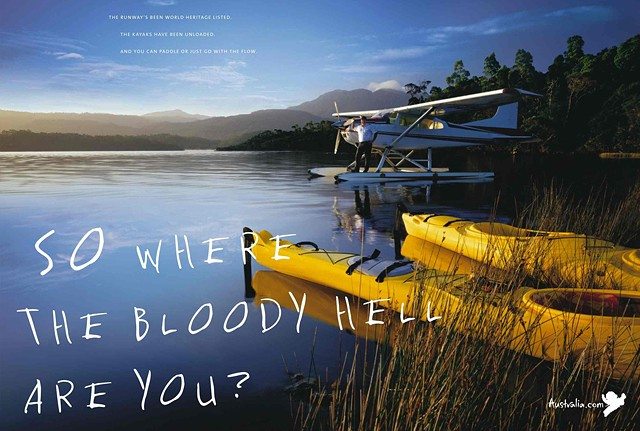 Finding Direction
Finding Direction Asia Assignments
Asia Assignments Personal Work
Personal Work Closing the deal
Closing the deal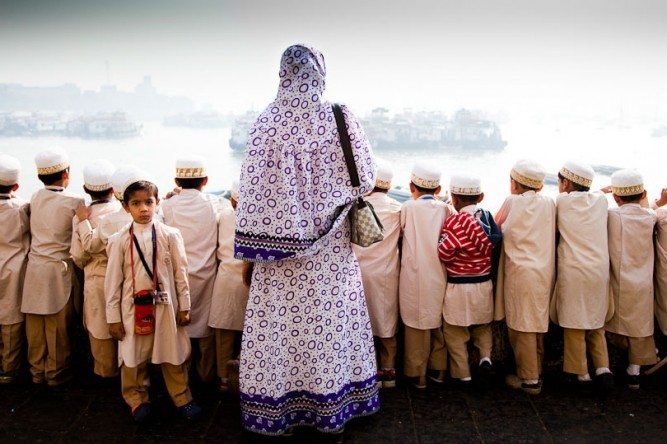 Most Recent
Most Recent Case studies
Case studies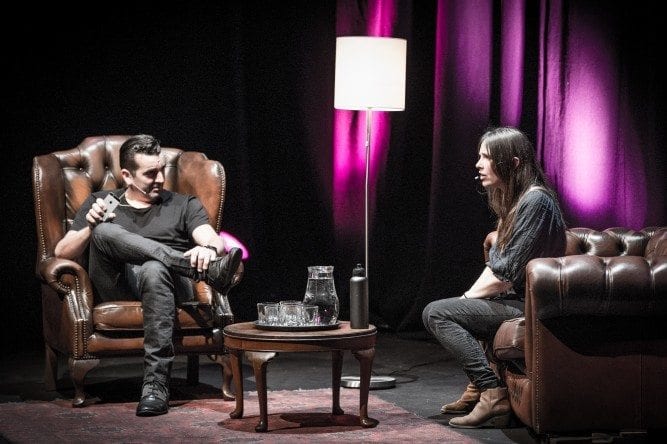 Interviews
Interviews